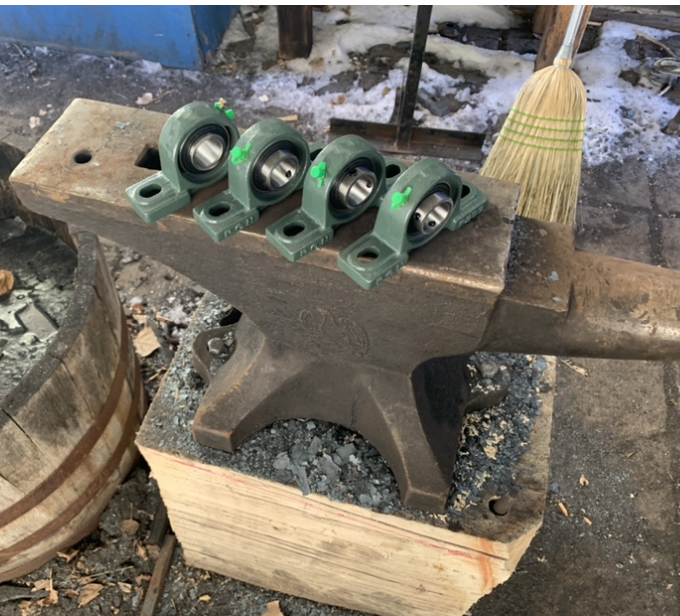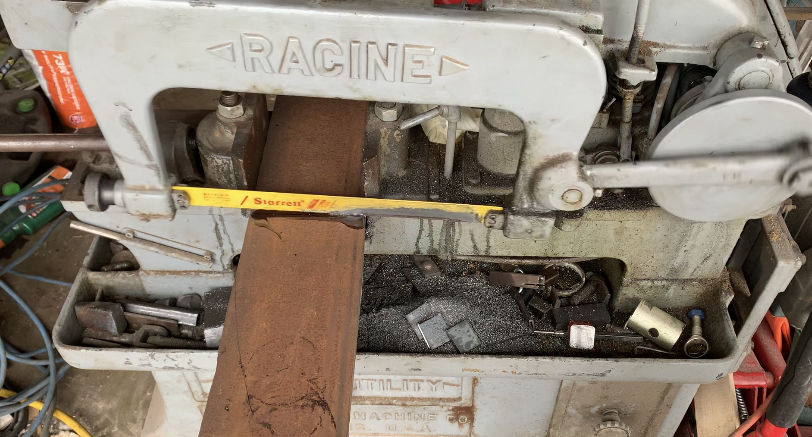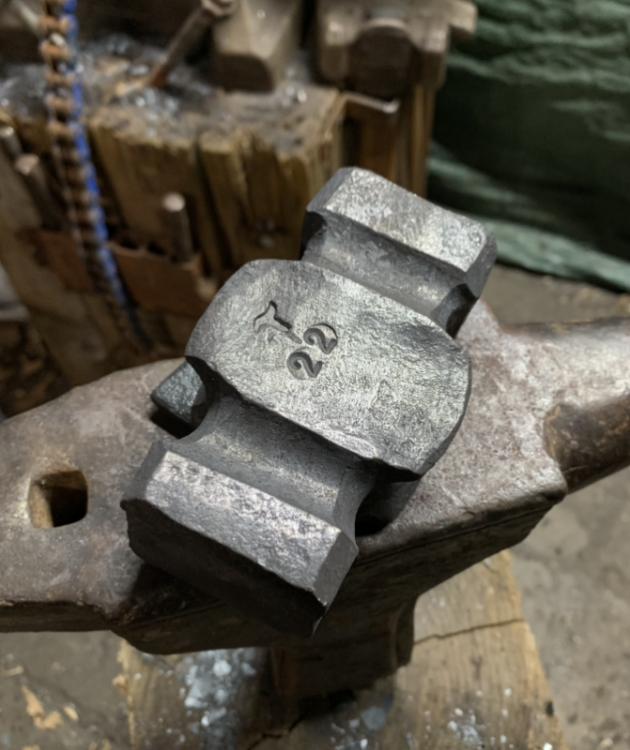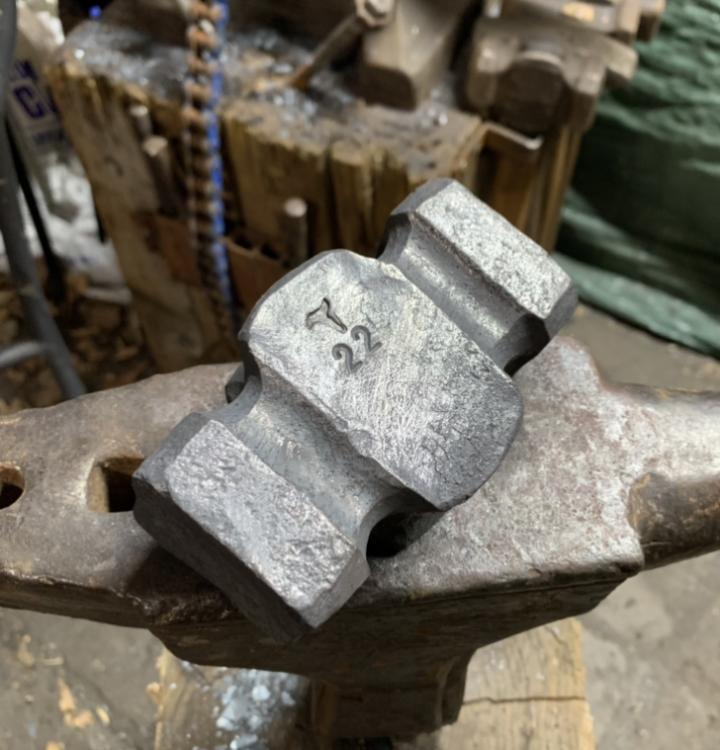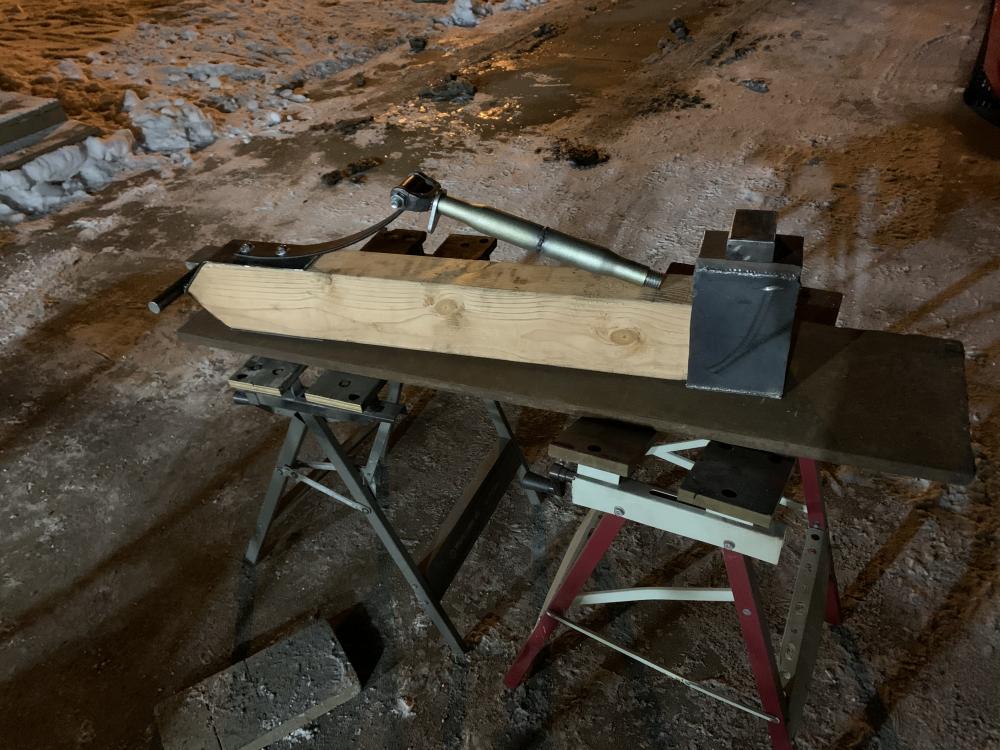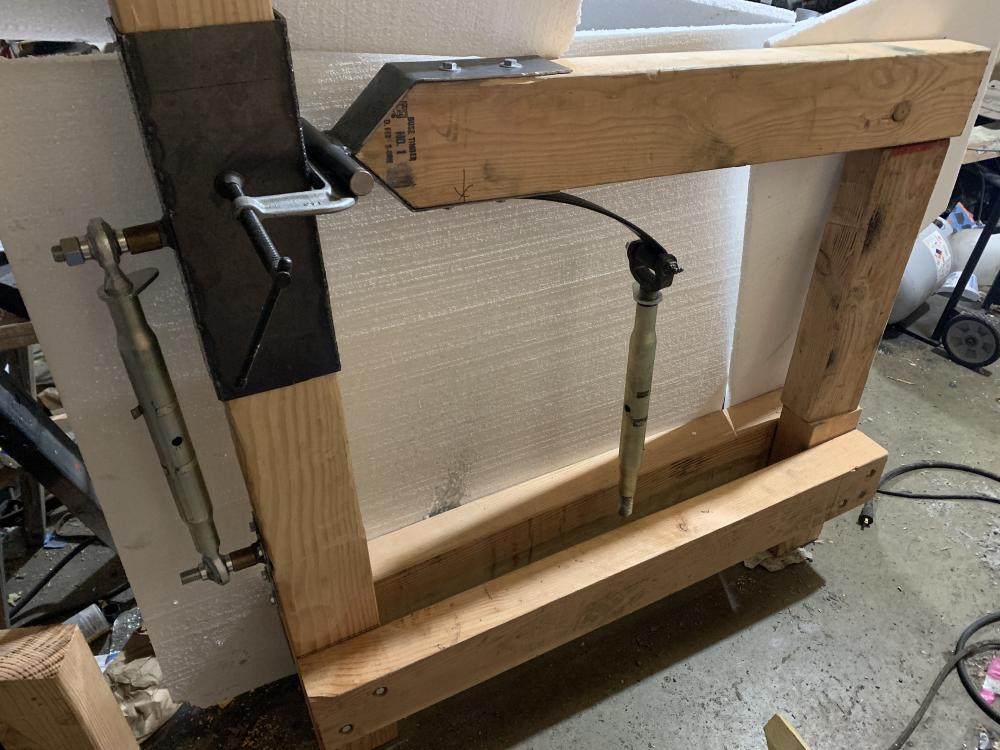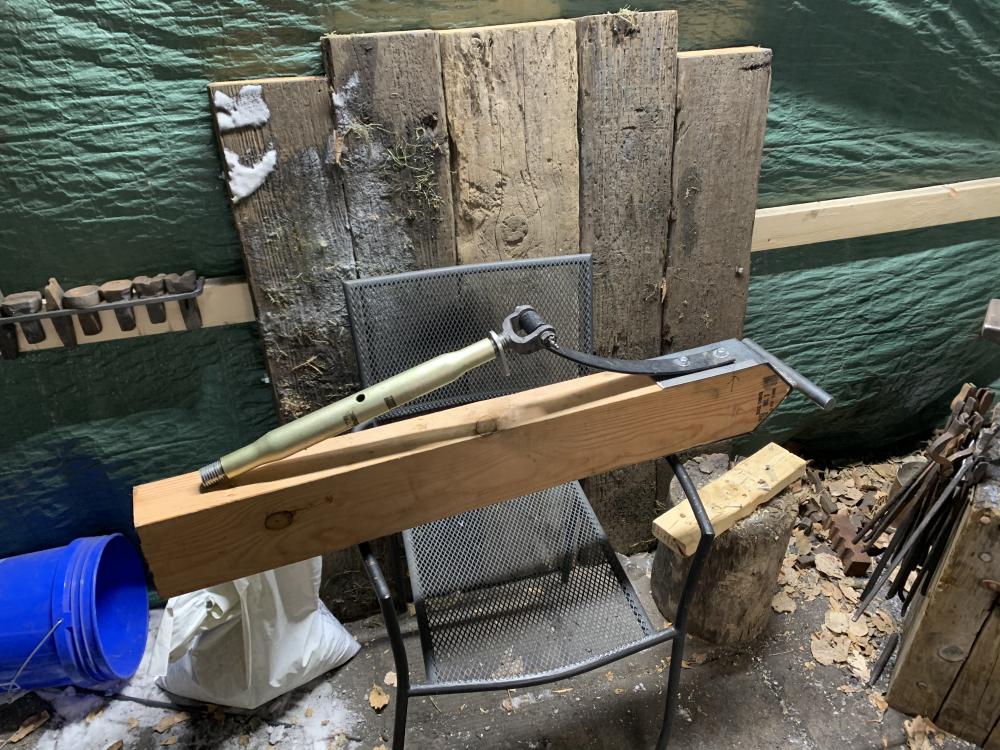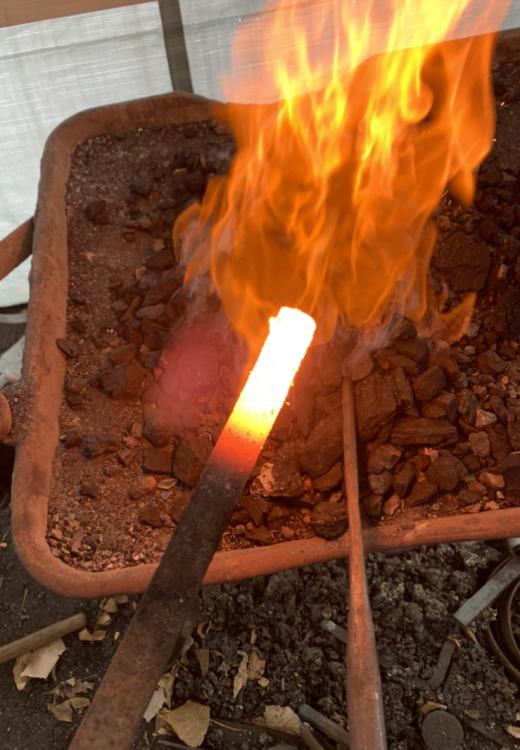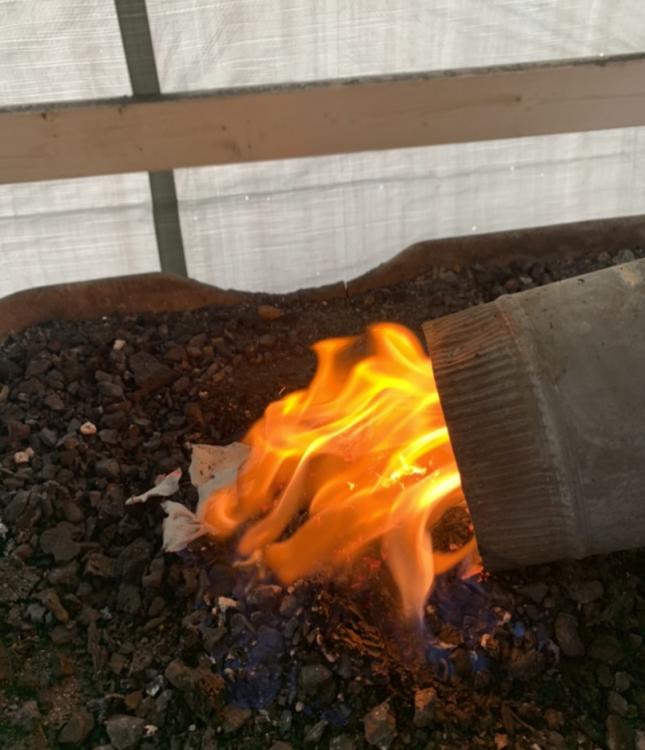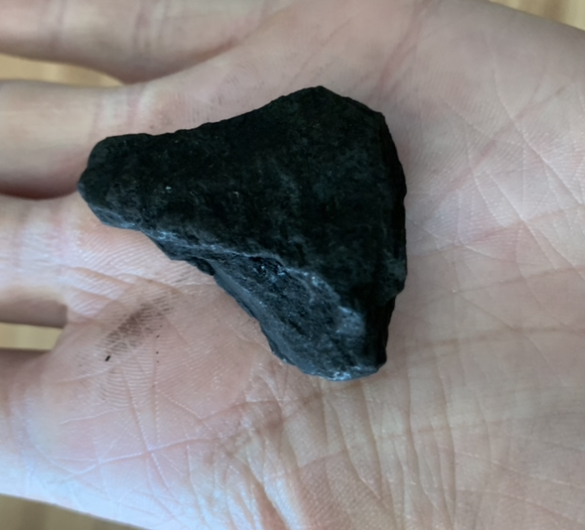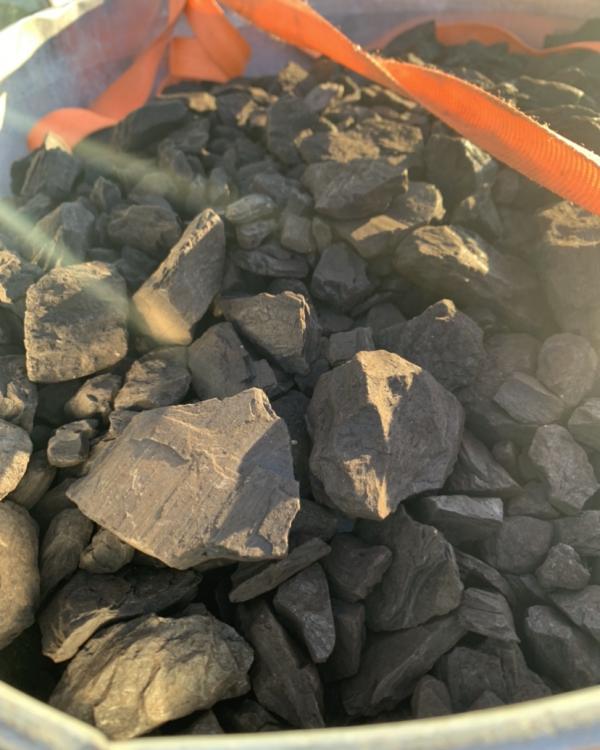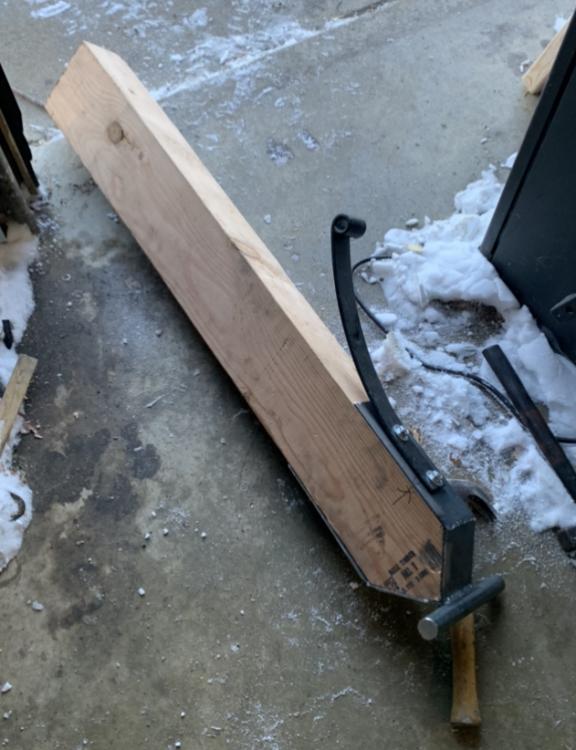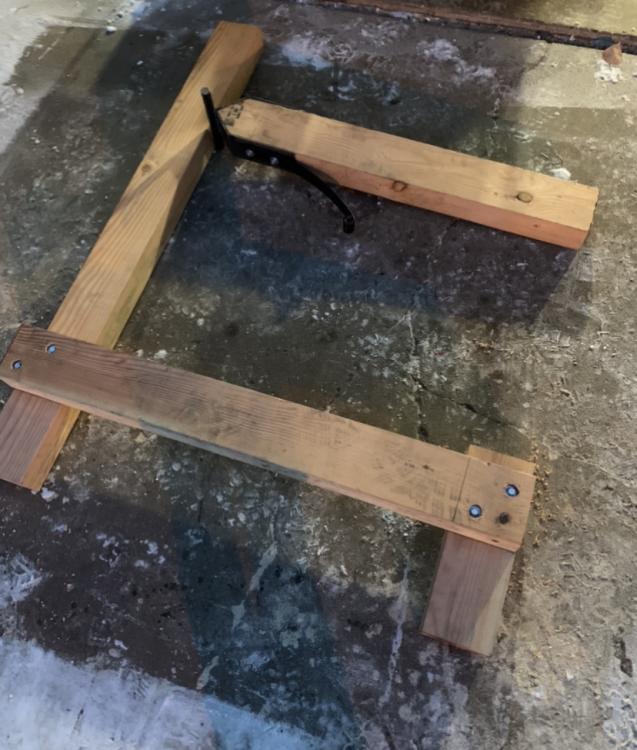
Justin Topp
Members-
Posts
856 -
Joined
-
Last visited
Content Type
Profiles
Forums
Articles
Gallery
Downloads
Events
Everything posted by Justin Topp
-
Justin’s Smithing progression. [PIC heavy]
Justin Topp replied to Justin Topp's topic in Member Projects
-
Yea. Figured it was something like that. Just curious if anyone knew where to look for a video
-
Tire hammer build pics........at last
Justin Topp replied to Gavj75's topic in Power Hammers, Treadle Hammers, Olivers
Any updates? -
I know it’s unlikely since the owner hasn’t logged on in over a year but does anyone happen to know where there’s a video of this in action. Since the links were removed
-
Lignite or Brown Coal as a forge fuel
Justin Topp replied to Glenn's topic in Solid Fuels: Coal, Coke, Charcoal, Wood, etc
Yea that’s lignite alright. I must have higher quality lignite. I had very little smoke, enough heat to forge weld, and I get no clinkers. Weird -
I’ll have to look for some. I know there are some single man sawmills around. I’m sure I could get something from one of them. this is not my design. It is the beam hammer designed by Roy Adams at christ centered iron works. This hammer will hit around 250-300 bpm via a cam connect d directly to the spring. The leaf spring will serve to “whip” the hammer head. Not relying on gravity with this one. hopefully it turns out well and hits fairly hard. We will see. I will continue to post pictures and a video when it’s finished. Waiting on some pillow block bearings and a few other parts. It will be driven by a 2 hp motor
-
I’ve had little luck so far but I continue to search for one locally. I could’ve and probably should’ve built a tire hammer but seeing as I’m this far already I may as well finish it. I’d love to try to prove a home built can be decent. We will have to see when it’s finished. No I am using bolt on dies. Using forklift tines. I’m not a fan of rail cap as dies
-
Lignite or Brown Coal as a forge fuel
Justin Topp replied to Glenn's topic in Solid Fuels: Coal, Coke, Charcoal, Wood, etc
I agree. It doesn’t sound like lignite. The stuff I got was about as hard as sandstone. I can hit it with a propane torch and it will smolder in the open like a chunk of charcoal does -
Well that’s good to hear. This is air not kiln dried lumber. I thought that might be bad. Ash is about the only wood that’s not oak that I could feasibly get a beam for here. Without breaking the bank. So I will likely switch to that sooner or later. on the next one I’m thinking something like the Hawkeye helve hammers or the little giant easy helve style mechanism would work well. We will see how this design works. I unfortunately have not. The nearest smiths I know of that have power hammers are several hours away in the twin cities and that area in Minnesota. My budget isn’t quite there for a professionally made/ factory made hammer yet. Hopefully this hammer will work well enough. For the price of a few hundred dollars. Assuming it works well enough I can use it to pay for a commercial one someday
-
Lignite or Brown Coal as a forge fuel
Justin Topp replied to Glenn's topic in Solid Fuels: Coal, Coke, Charcoal, Wood, etc
With my lignite I could get it hot enough to burn steel on its own. -
It’s Douglas fir. I know it’s not the best but it’s what I could get at the time I started. I had trouble sourcing 6x4 beams in a thing other than yellow pine or Douglas fir. If or when it breaks I will replace it with an ash beam. I have found a source recently. Ash is native here so that’s all I could find for a not outrageous price. Im thinking the frame should be fine being Douglas fir. Not sure how well it would work but I could laminate I just about any wood that would work well. Unless that’s a horrible idea like I think it probably is.
-
Lignite or Brown Coal as a forge fuel
Justin Topp replied to Glenn's topic in Solid Fuels: Coal, Coke, Charcoal, Wood, etc
I wouldn’t advise using it. Only for one reason. Once its heated the coal crumbles into dust which is easily airborne and rather annoying. This was fixed when I added a stove pipe to the side. Almost like a side draft hood. If you had a proper side draft hood it would probably be useable. But I’m still not going to keep using it. But as a whole it got metal plenty hot. I was able to melt/burn and also forge weld some wrought iron in it. Without flux. So it’s plenty warm. It doesn’t burn terribly fast. A lot slower than charcoal but faster than other coals. I had no smoke. Other than a tiny bit when I first light it. A wood fire produces more often. There was no clinker. It does not convert to coke like bituminous would. overall the notion it doesn’t produce enough heat isn’t true in my experience. It’s pretty clean burning. More so than most of the bituminous I see people using in their forges. It’s perfectly useable but the flying chunks of coal are unpleasant -
Lignite or Brown Coal as a forge fuel
Justin Topp replied to Glenn's topic in Solid Fuels: Coal, Coke, Charcoal, Wood, etc
Here the lignite I purchased. It’s fairly hard. Very black. Dry non oiled lignite from western North Dakota. The guy I purchased it from said there is little to no clinkers in his stove and not a lot of ash when burning it. I will test it and leave my opinion later on -
Lignite or Brown Coal as a forge fuel
Justin Topp replied to Glenn's topic in Solid Fuels: Coal, Coke, Charcoal, Wood, etc
That would be interesting to see. I found a old analysis that’s probably too outdated to matter. But it’s of lignite from the same area. not sure how accurate this is now but here’s some numbers Carbon 65.56 Hydrogen 5.23 Sulphur .91 Nitrogen .87 Oxygen 21.08 Ash. 6.35 -
Lignite or Brown Coal as a forge fuel
Justin Topp replied to Glenn's topic in Solid Fuels: Coal, Coke, Charcoal, Wood, etc
Found a source of stoker sized lignite for 110$ a ton. Expensive but it’s the right size to burn in a forge and is only an hour away instead of several hours like it would be to get from the mines. I’m thinking I’ll get some to try out. If I like it I’ll make the longer drive and buy in bulk for 39$ A ton from the mines -
Lignite or Brown Coal as a forge fuel
Justin Topp replied to Glenn's topic in Solid Fuels: Coal, Coke, Charcoal, Wood, etc
Sub bituminous is its own type of coal. But those other names sound fine -
Hello all, I am in the process of building a beam style hammer designed by Roy Adams. Although mine will have a few modifications. One of which is an increased anvil size. I will be making the anvil by stacking bits of 1” plate together. I have two options. I can make the anvil ~193 lbs and ~ 118 lbs. I was wondering how big of a difference it would make to use the larger one compared to the smaller? Ram will be about 40 pounds. Here are some pictures of it so far. Most of it’s made but I’ve just now started assembling it. It has two adjustment points to raise and lower the hammer.
